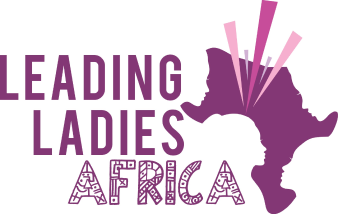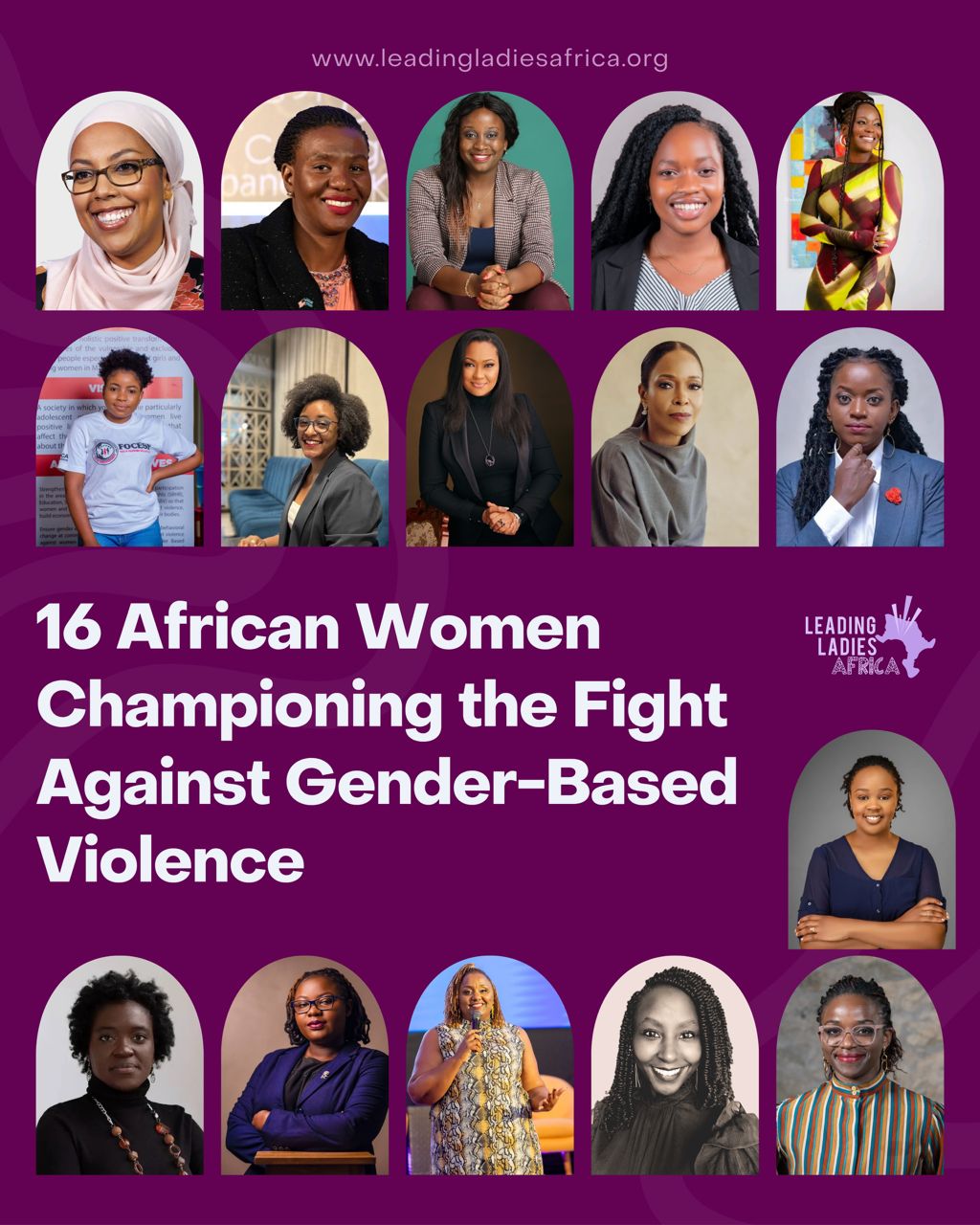When striving to create a workplace that is equitable and justice-oriented, it’s important to examine unique forms of oppression that different communities face to develop interventions that address workplace harm. One pervasive issue that doesn’t receive enough attention is hair discrimination and the specific ways that this type of bias manifests in the workplace. The bias that is faced when it comes to Afro-textured hair and Afrocentric/Black hairstyles is a product of an anti-black system. The term “Black hair” in this article will be used to refer to both Afro-textured hair and Afrocentric/Black hairstyles. This article seeks to explore four ways that hair bias shows up in the workplace and provides suggestions for creating a more equitable workplace for all.

1. Discriminatory policies
Many workplaces have specific policies about professionalism and appearance expectations that can cause disparate impact, or unintentional discrimination, for Black employees. Grooming policies that include vague requirements about “professional” hairstyles must be updated to specifically outline what hairstyles are acceptable (and why). It’s important to keep in mind that leadership and customer preference is not a valid justification for prohibiting Black hair. If you have an employment policy that restricts a hairstyle like braids, for example, is there a valid reason why braids would prevent an employee from successfully completing their job duties? Have an equity consultant evaluate employment policies and practices periodically to ensure that they are not unintentionally discriminating against a population of your workforce.
2. Hiring bias
Black hair can trigger an individual’s unconscious bias and make a job candidate less desirable to employers. Unsurprisingly, Black women with Black hairstyles received negative ratings when applying for jobs, according to a 2020 research study. Throughout the decades, there have been a plethora of cases where job candidates were denied employment because of Black hairstyles, including the recent cases of Jeffrey Thorntonand Chastity Jones. Employers must ensure that hiring practices are objective and anti-racist, and that tools like rubrics or scorecards are utilized during the hiring process. There is still a gap in understanding when it comes to Black hair discrimination—hiring professionals should also receive education about Black hair discrimination and the ways it can manifest in the workplace.

3. Microaggressions
In addition to discriminatory policies and the unconscious bias that creeps into the hiring process, Black employees also experience microaggressionsrelated to their hair. Before the pandemic, Black employees experienced being asked by non-Black employees if their hair could be touched. Even in a remote workplace setting, these racial microaggressions continue. Black employees may be asked questions about a new hairstyle they are rocking or interrogated about whether their hair is real. It is not often considered how these sorts of questions can make a person feel othered and dehumanized—these inquiries are rarely asked to non-Black colleagues. Microaggressions workshops must be provided and should include an exploration of Black-hair-related microaggressions and how they impact employees on the receiving end.
4. Inequitable treatment
A hairstyle deemed “too Black” can not only thwart a person’s likelihood to be hired, but the discrimination continues once an employee is hired into a workplace. Black employees who change from a more “professional” (read: white/Eurocentric) hairstyle to a Black hairstyle find that they can experience inequitable treatment from both leadership and peers. In addition to hiring biases, some employees have been fired for their Black hair. There are several cases which further illustrate this including the stories of Brittany Noble Jones and Imani Jackson. It’s easy to hide one’s discrimination behind the guise of poor performance. Performance evaluation processes should be as impartial as possible. Similar to the tools utilized during hiring interviews to make the process more equitable, performance evaluations should include objective practices like calibration and employee scorecards. If Black hair somehow violates workplace policies, there should be a bona fide occupational reason that the policy is in place. It is important that employers are educated about legislation like the CROWN Act, which provides state-wide protections against race-based hair discrimination.


